Current Research Questions
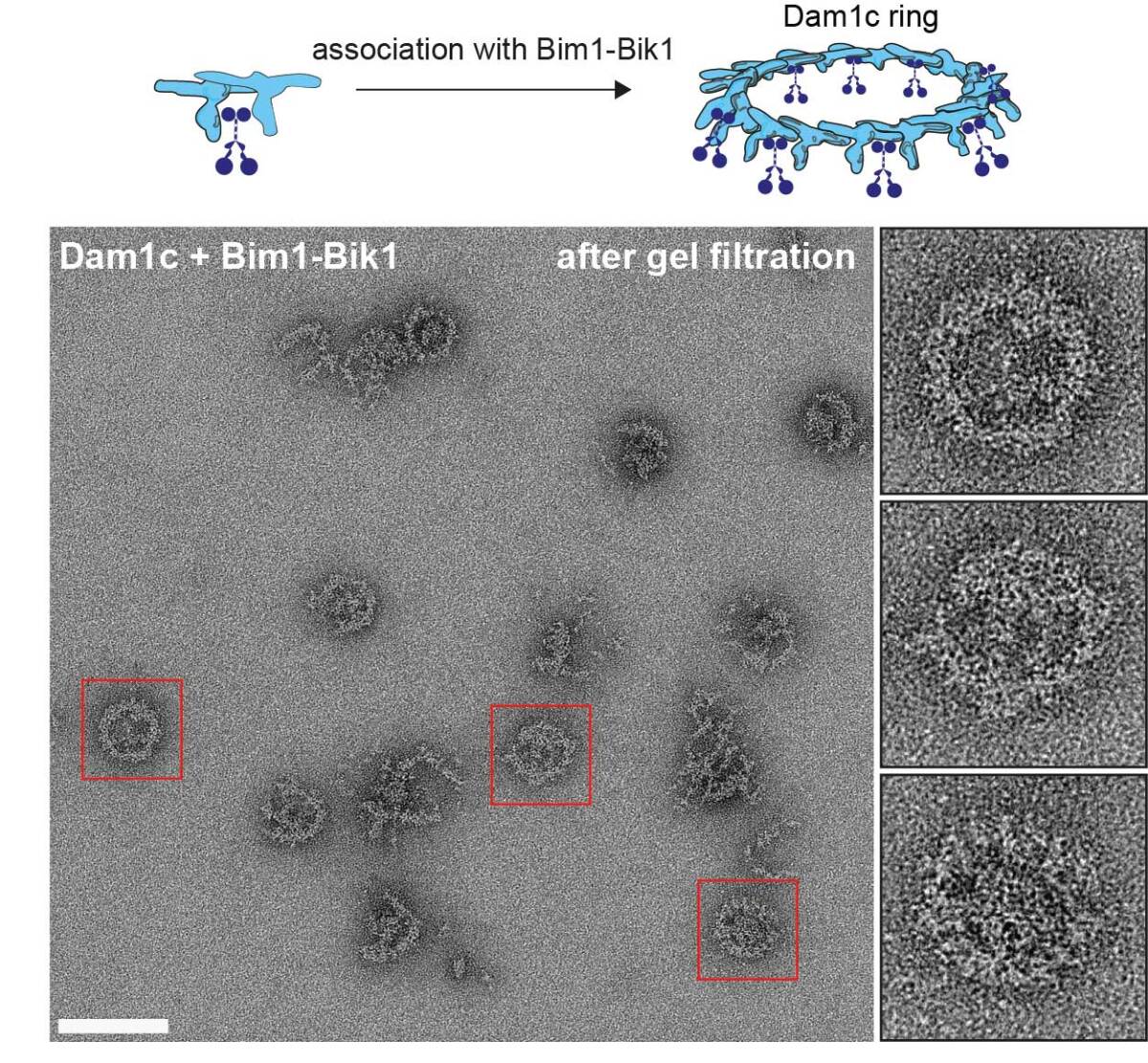
Regulation of kinetochore-microtubule attachments during chromosome biorientation
Our recent work centers around the question how end-on attachments between kinetochores and microtubules are established and regulated. A particularly fascinating element of the outer kinetochore is the 10-subunit Dam1 complex. We have shown that assembly of the oligomeric Dam1 ring complex is promoted by association with end-binding proteins and directed specifically to the plus-ends by kinetochore-resident signals (Dudziak et al., 2021). We are interested in understanding how lateral kinetochore-microtubule attachments are converted into mature end-on attachments that can sustain and transmit force for chromosome segregation. Figure 1.
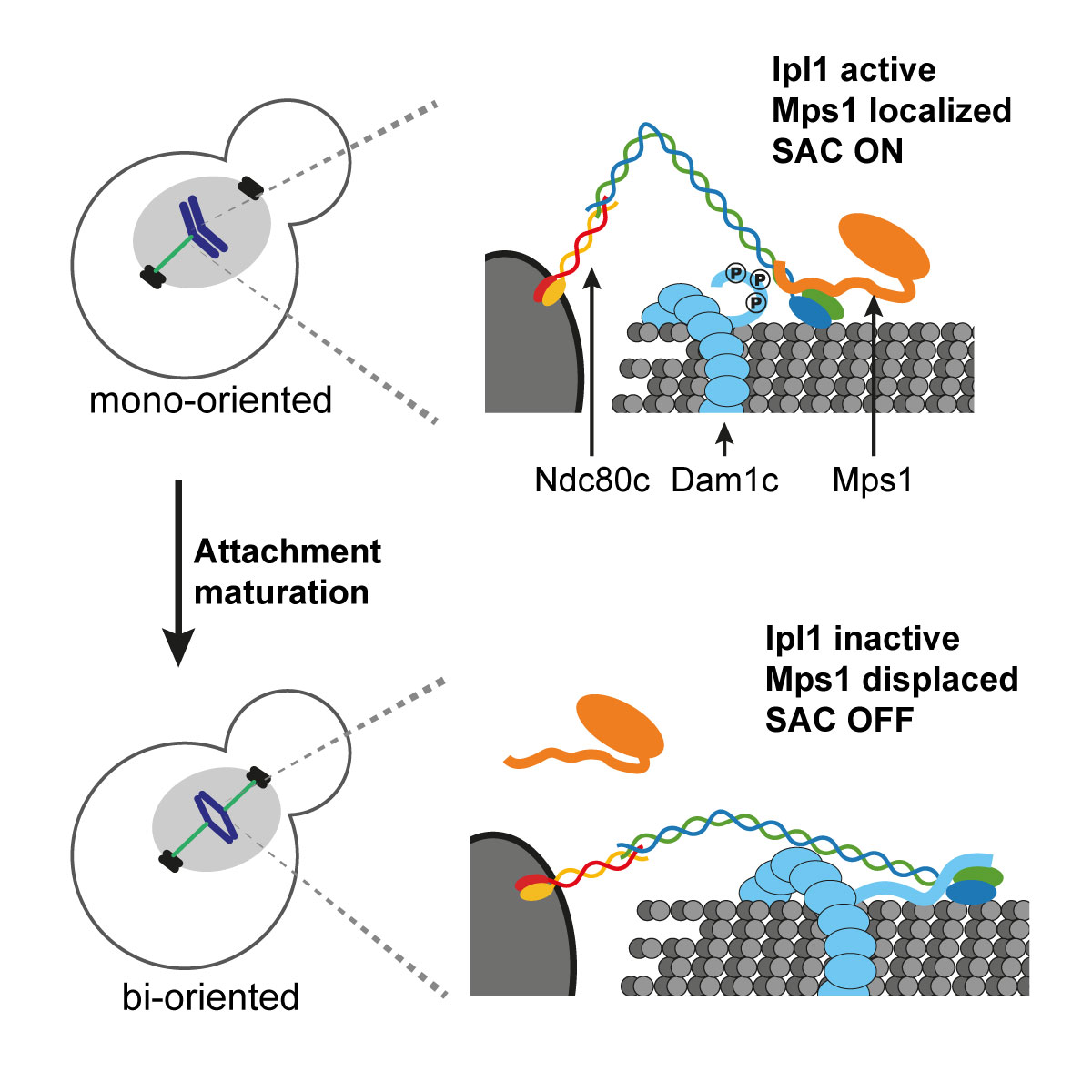
Kinetochores as dynamic signaling scaffolds
All sister chromatids much achieve bi-orientation prior to segregation. A key concept is that only correct attachments can establish tension between sister chromatids and across the kinetochore structure. As long as there are kinetochore that are not under tension, the cell prevents the transition from metaphase to anaphase via the spindle assembly checkpoint. Sophisticated mechanisms have evolved that can sense the establishment of tension at kinetochores and convert a local signal into the global inhibition of anaphase. At the heart of this process are conserved mitotic kinases. We have elucidated the recruitment mechanism of the checkpoint kinase Mps1 to the yeast kinetochore and revealed a displacement mechanism, that forces Mps1 to leave its kinetochore receptor once tension has been established (Pleuger et al., 2024). Figure 2.
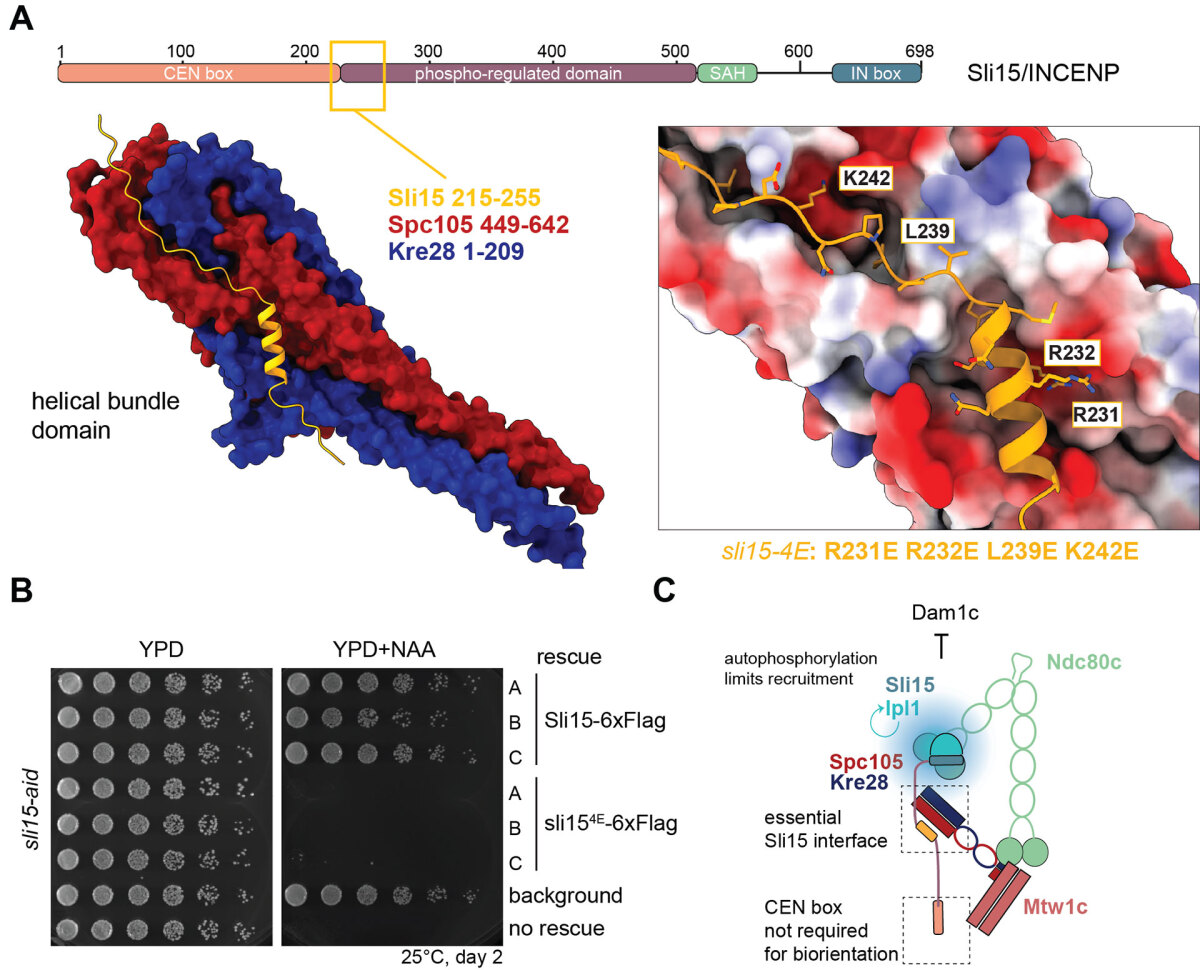
Tension-sensing mechanisms at the kinetochore
The conserved kinase Ipl1/Aurora B is the key regulator of tension-dependent error correction. We have recently shown that tension-sensing mechanisms are integrated into the yeast outer kinetochore structure. Our experiments revealed that the Spc105-Kre28 kinetochore complex (Knl1-Zwint in humans) must bind a conserved segment of the Ipl1 activator Sli15 (INCENP in humans) during tension-dependent error correction (Dudziak et al., 2025). We strive to understand how the tension-sensing mechanism works in molecular detail. Figure 3.
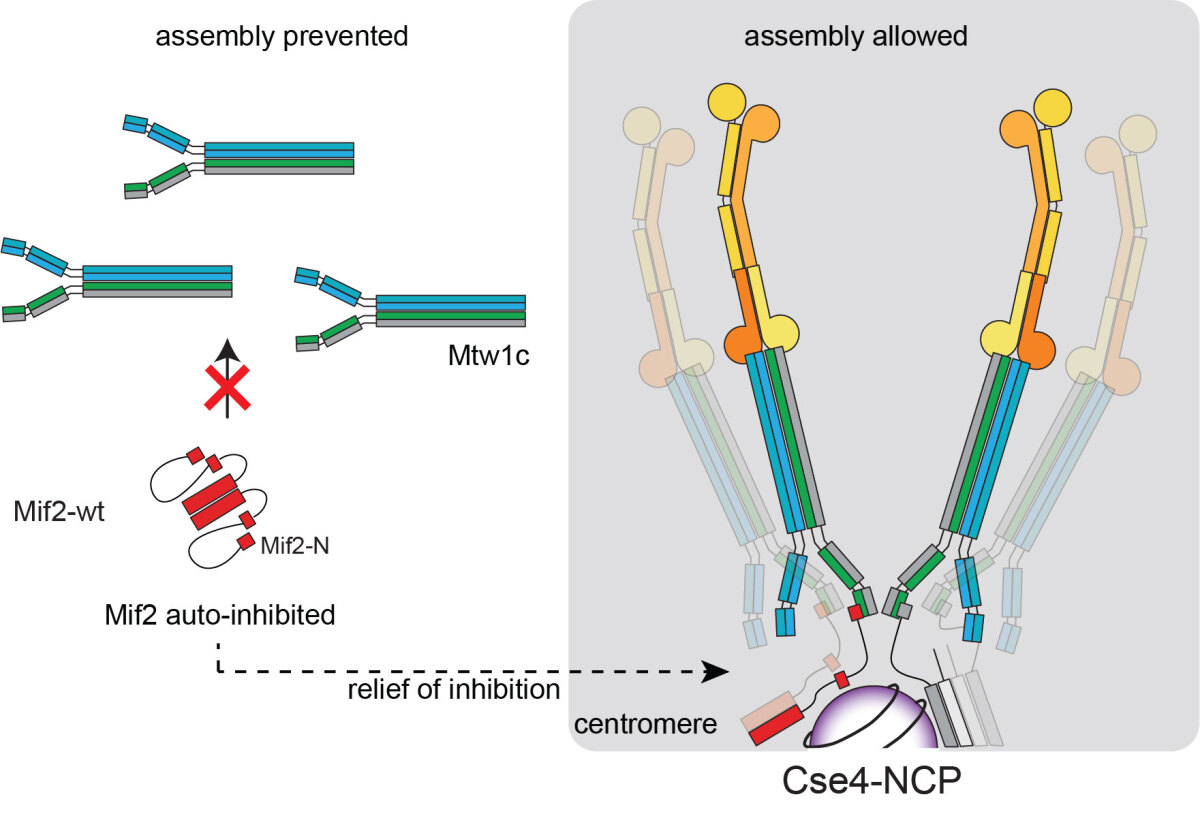
Mechanisms underlying centromere-specific kinetochore assembly
Kinetochores consist of more than 40 different subunits, most of them present in multiple copies. These large complexes must assemble at exactly one specific chromosomal locus – the centromere. How do cells allow efficient kinetochore assembly while preventing kinetochore assembly somewhere else? How is replication of centromeric DNA in S-Phase coordinated with kinetochore assembly?
We have shown that the conserved CCAN subunit Mif2/CENP-C is an important focus of regulatory control. Mif2 contacts many additional CCAN subunits, but is a very poor binder unless it is associated with the Cse4-containing nucleosome. This autoinhibition mechanism helps to restrict kinetochore assembly to the centromere (Killinger et al., 2020). In addition, cell-cycle dependent mechanism seem to control the stability of different kinetochore subunits via phosphorylation (Böhm et al., 2021). Figure 4 .
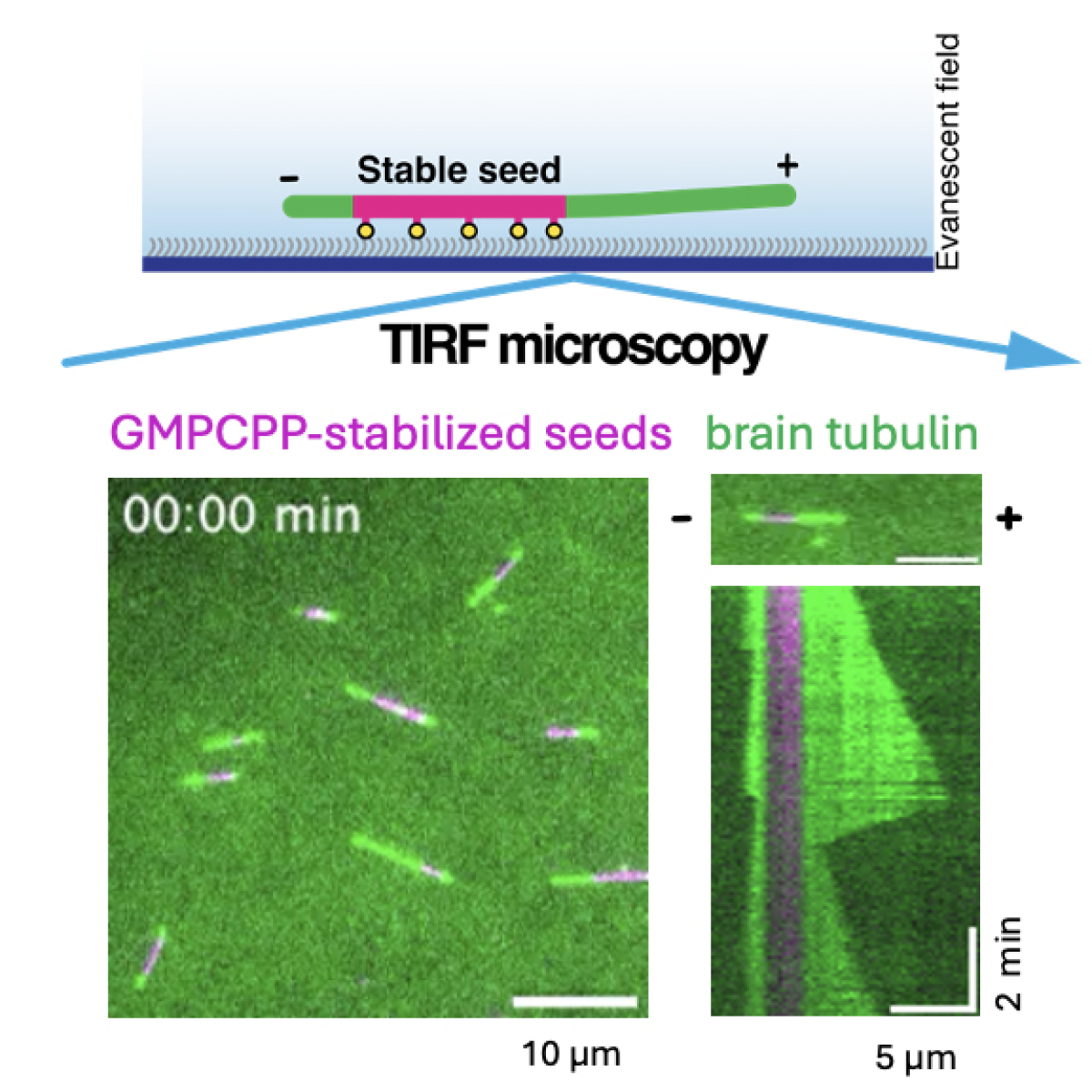
Regulation of microtubules by molecular motors and plus end-binding proteins
Chromosome bi-orientation and segregation requires a bipolar mitotic spindle. How microtubule organization and dynamics are regulated by associated proteins remains an open question. Our recent efforts have focused on a conserved complex between a minus-end directed kinesin-14 motor protein termed Kar3 (Mieck et al., 2015) and plus-end binding proteins. We have shown that this complex can force microtubules to grow in parallel bundles (Molodtsov et al., 2016) and that the formation of the complex is crucial for the assembly of a normal metaphase spindle that supports biorientation in yeast cells (Kornakov et al., 2020, 2023). Figure 5.
